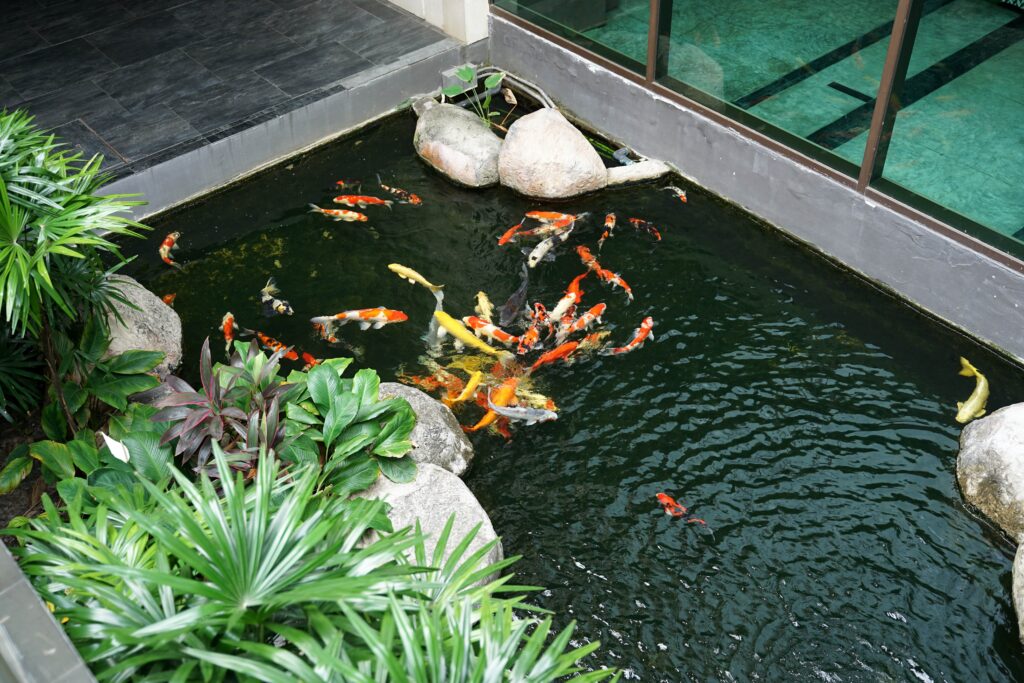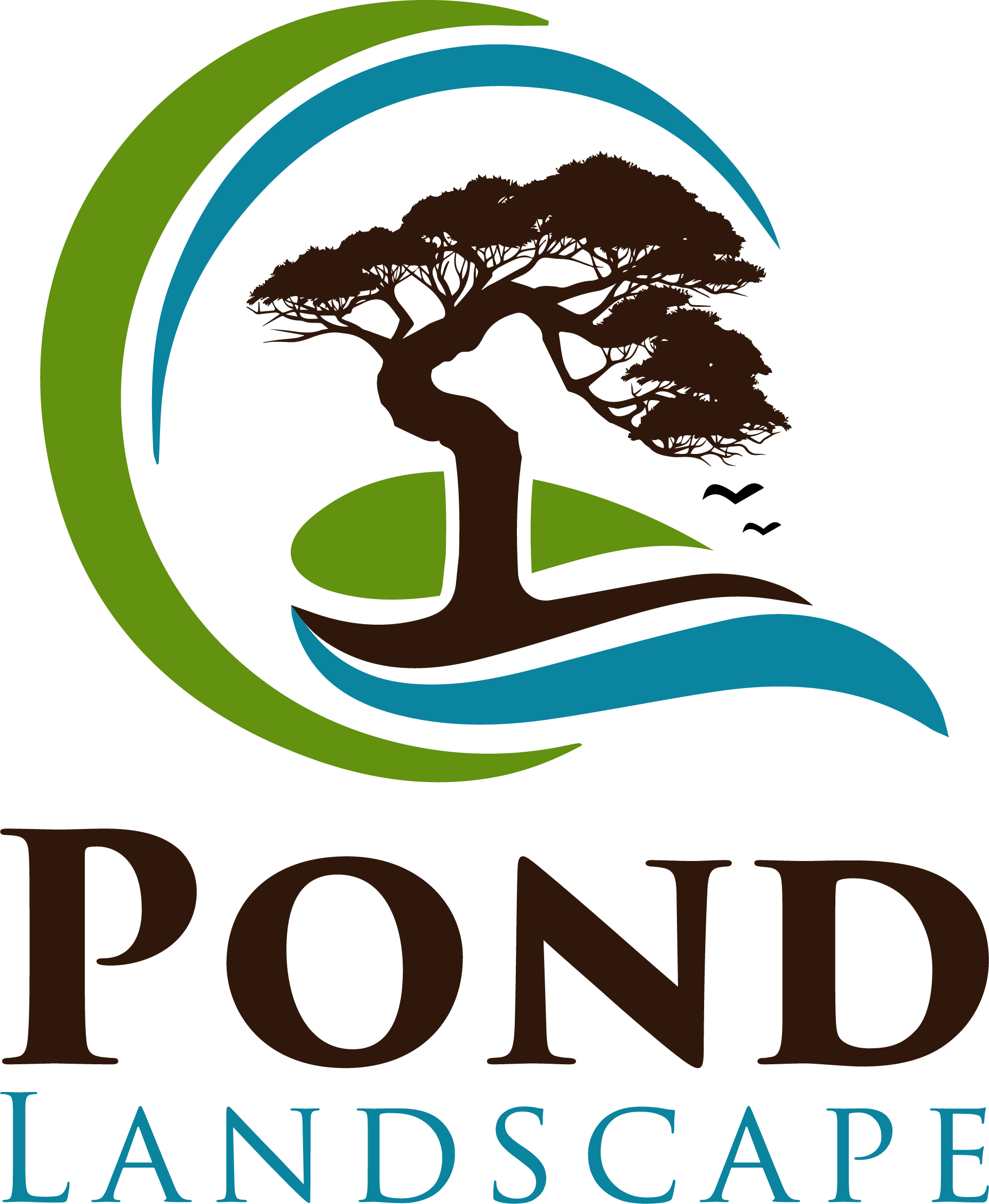Sunlight and Shade
Select a location that balances sunlight and shade. Koi thrive in areas with filtered sunlight, avoiding excessive exposure to direct sunlight. This ensures a stable and comfortable environment for the fish.

Landscape Integration
Consider the overall landscape design. Integrate the pond into the natural flow of your garden, allowing it to complement existing features and vegetation. This creates a harmonious visual appeal and a seamless connection with the surroundings.
Accessibility for Maintenance
Opt for a site that provides easy access for maintenance tasks. Proximity to utilities and a flat, level surface minimizes challenges when it comes to cleaning, feeding, and general upkeep of the pond.
Safety and Security
Prioritize safety, especially if there are children or pets in the household. Choose a location that allows for the installation of appropriate safety measures, such as barriers or covers, to prevent accidents and ensure the well-being of both the Koi and other residents.
Consideration of Water Source
Ensure proximity to a reliable water source for refilling and water changes. This practical aspect contributes to the overall health of the pond ecosystem and simplifies routine maintenance tasks.
Climate and Seasonal Variations
Take into account the local climate and seasonal changes. Position the pond where it can benefit from natural temperature regulation and minimal exposure to extreme weather conditions. This helps maintain a stable and conducive environment for the Koi.
Future Growth and Expansion
Anticipate future growth and potential expansion. Choose a location that allows for scalability, accommodating possible upgrades or adjustments to the pond’s size and design as your garden evolves over time.
In conclusion, selecting the ideal location for your Koi pond involves a thoughtful consideration of sunlight, landscape integration, accessibility, safety, water source, climate, and future growth. By carefully assessing these factors, you can create a harmonious and sustainable aquatic environment within your garden.
Last modified: 19 February, 2024

